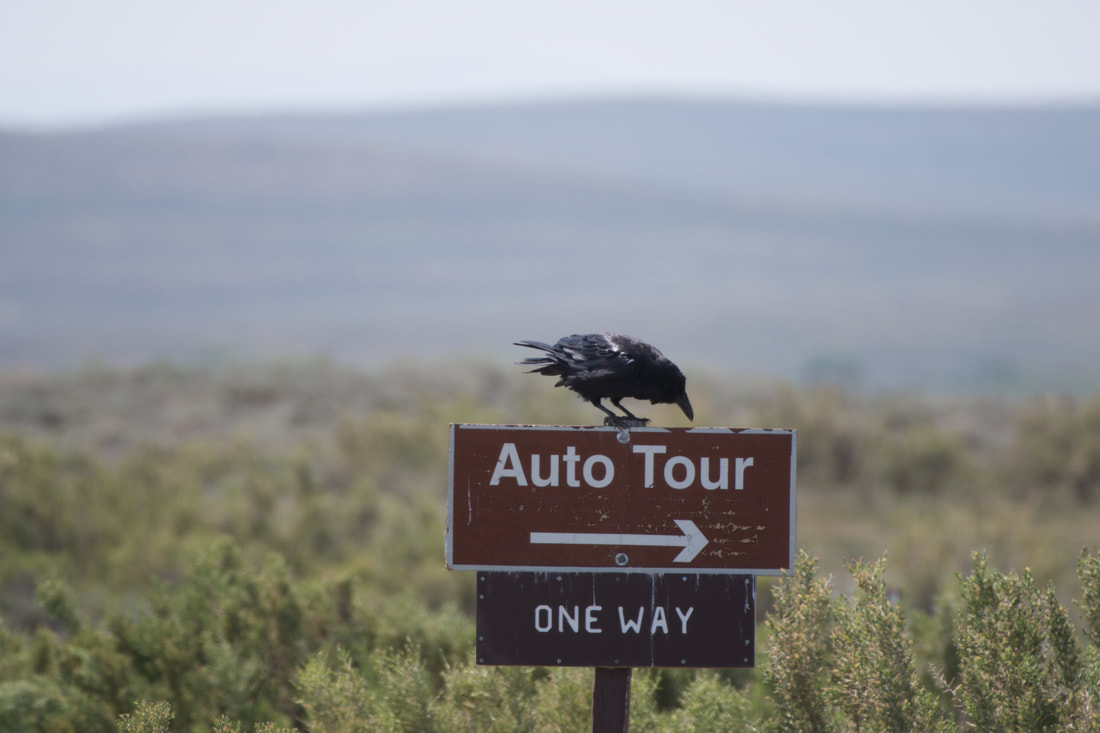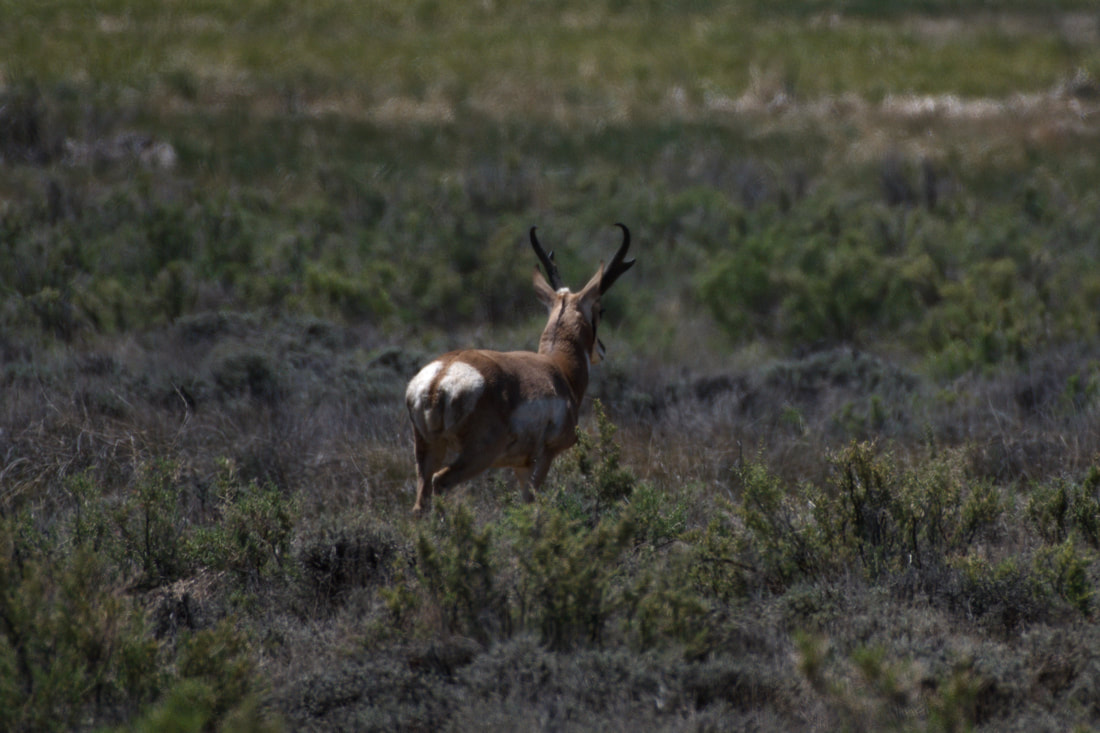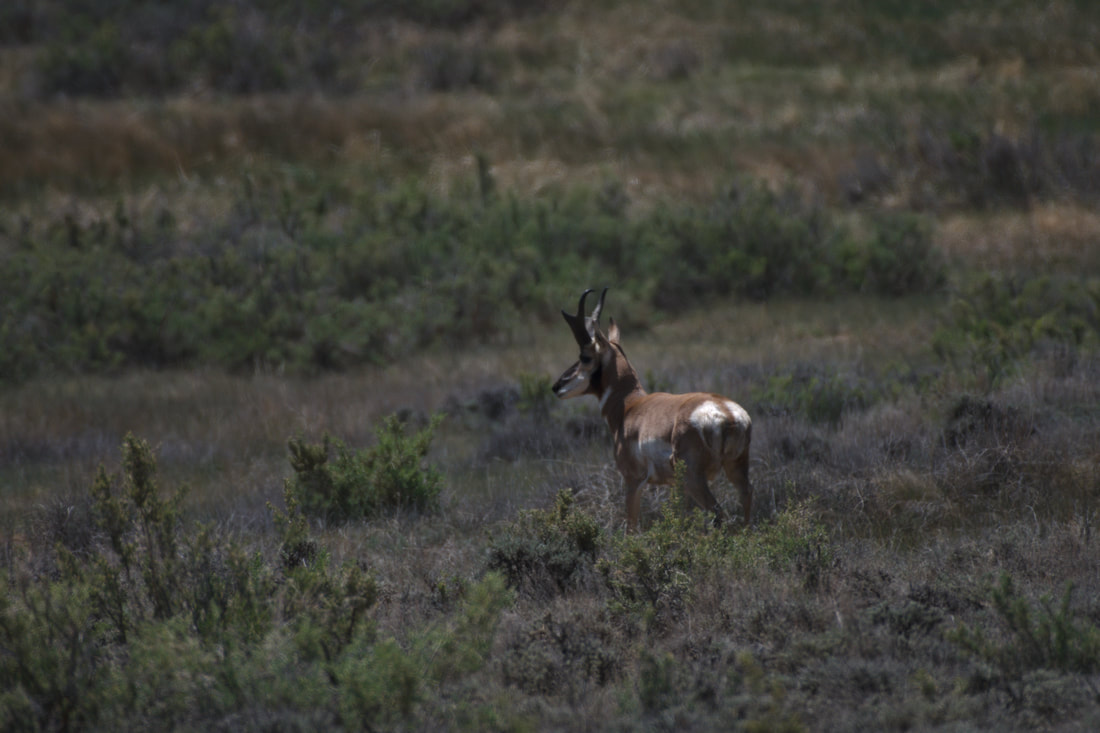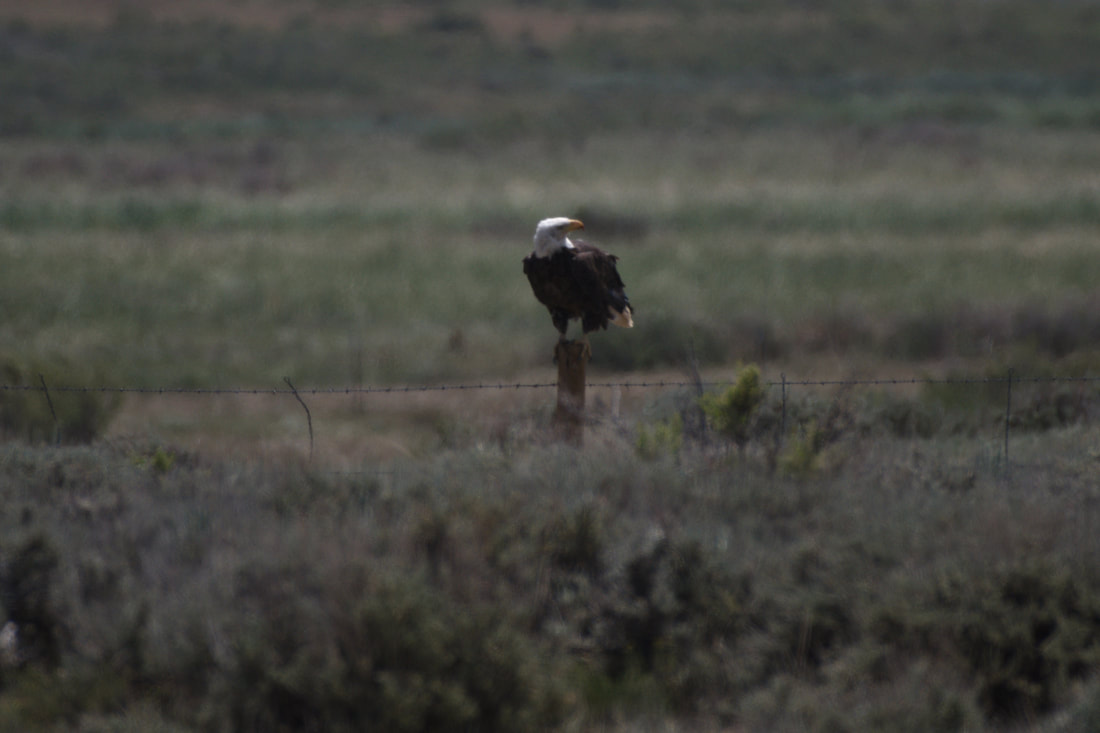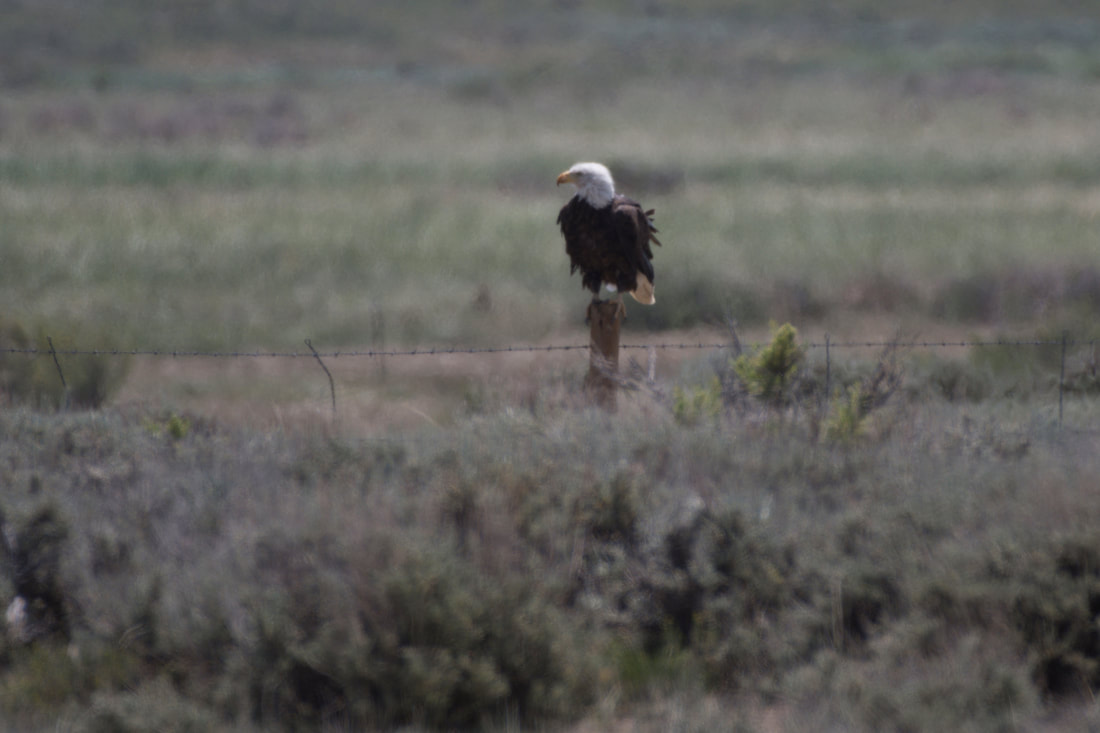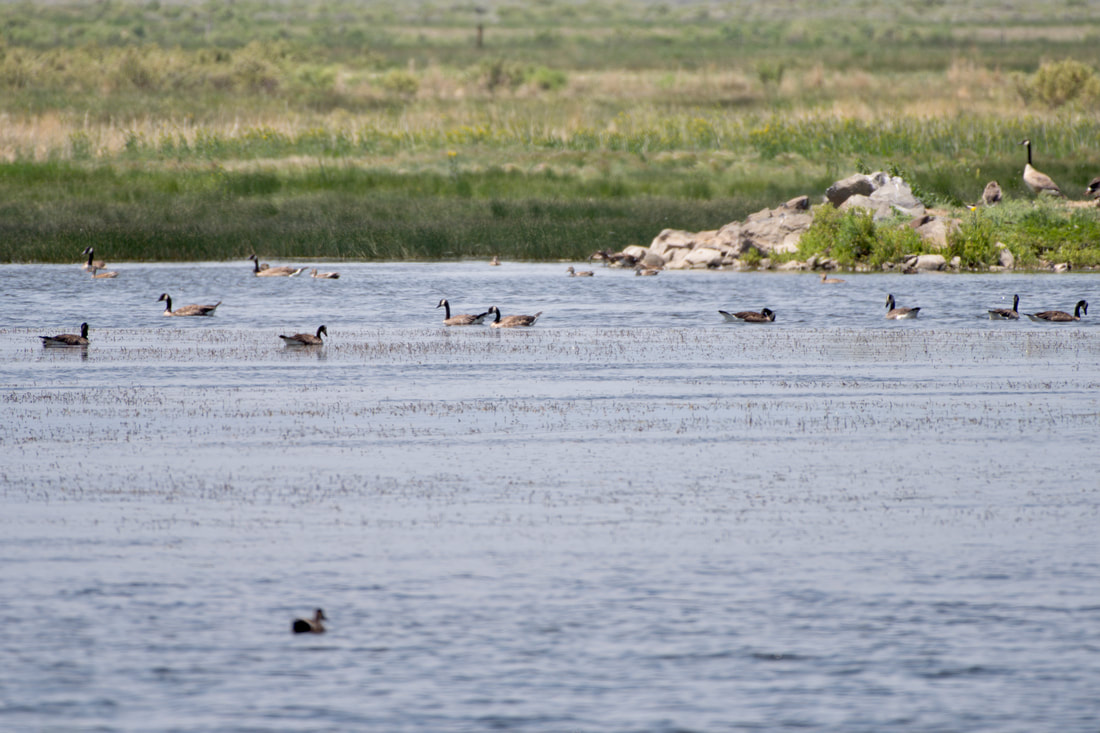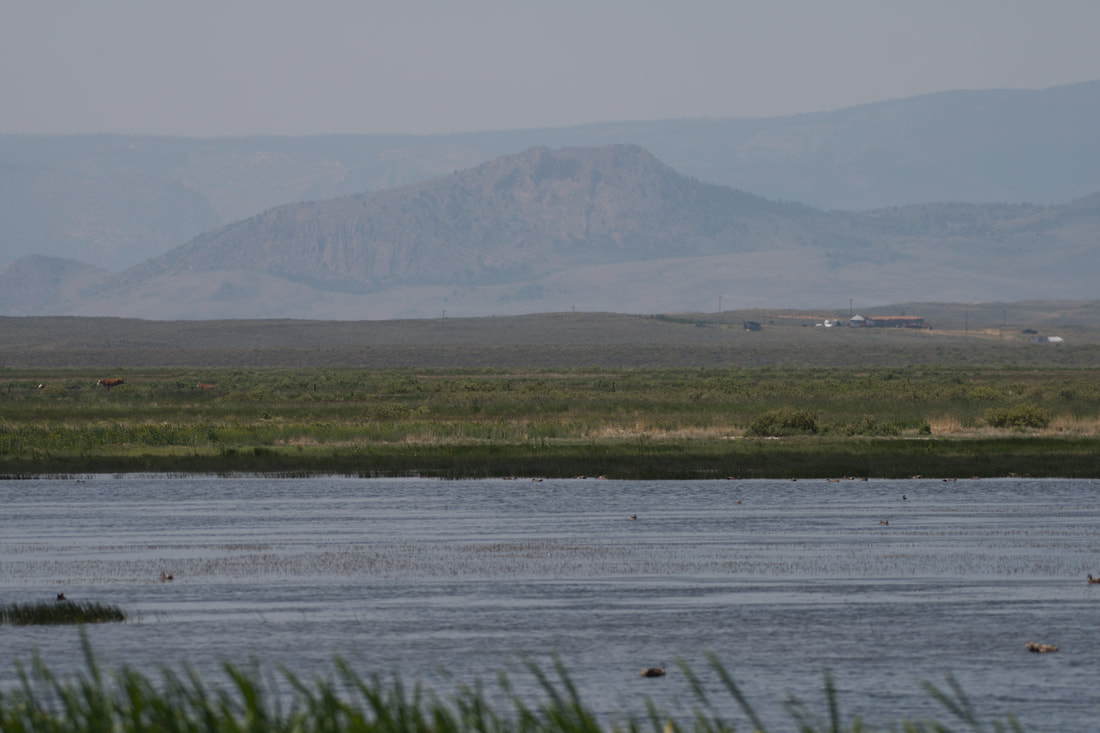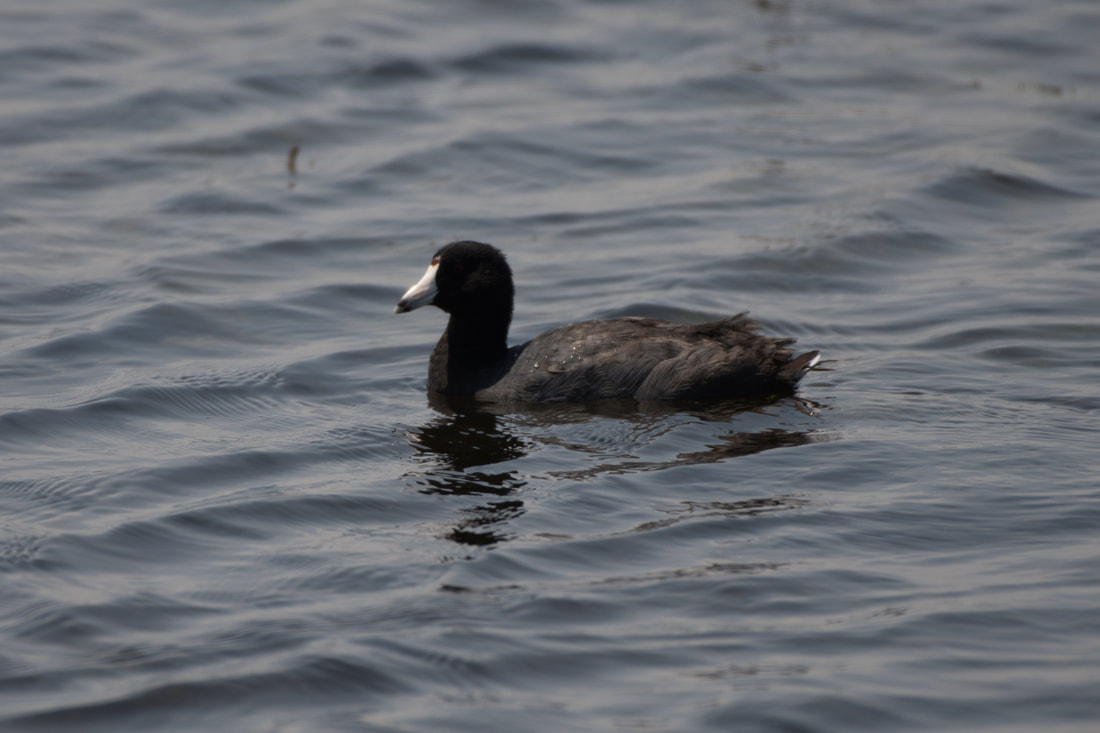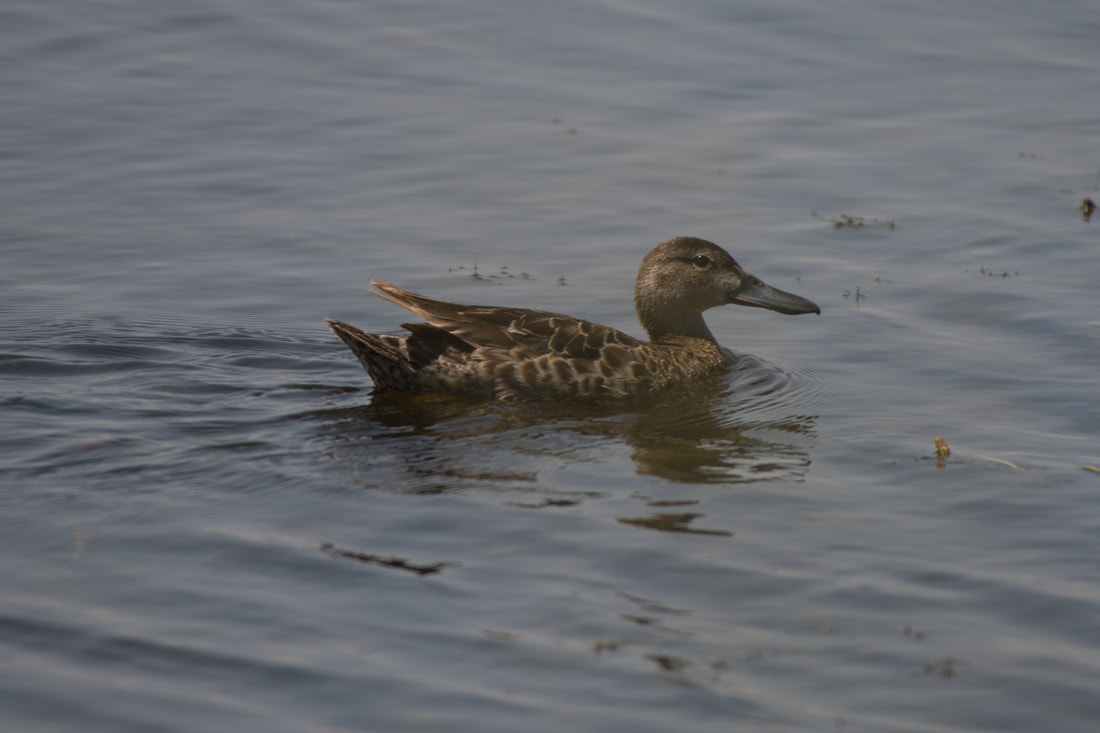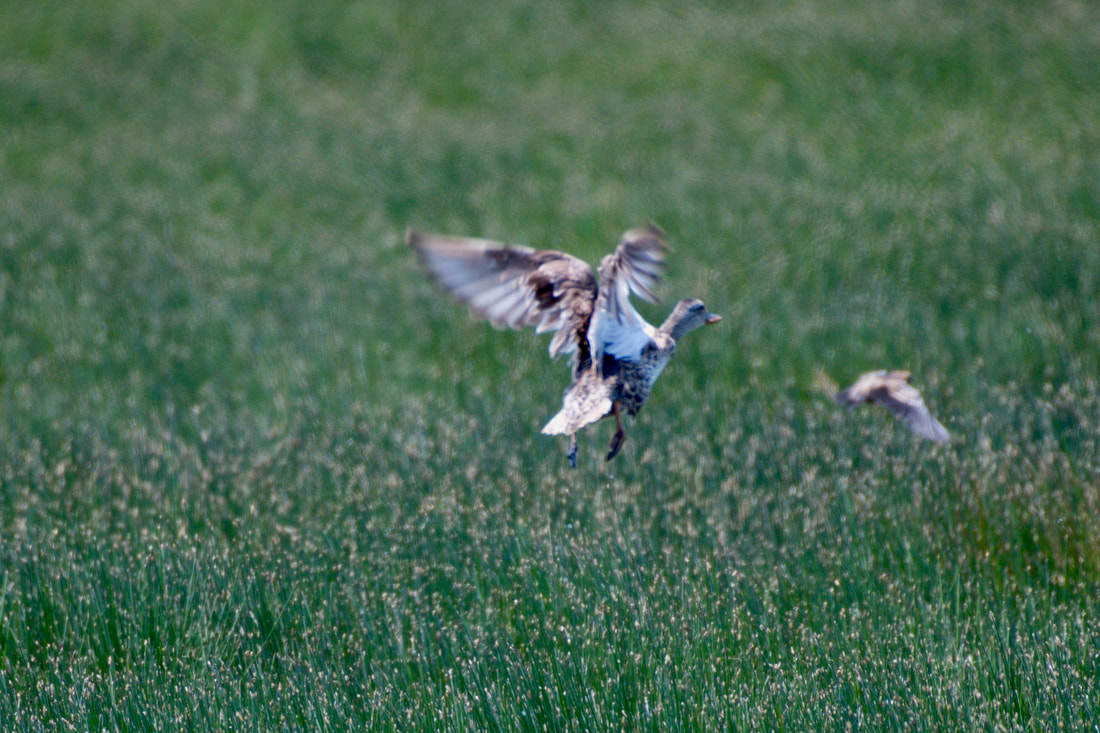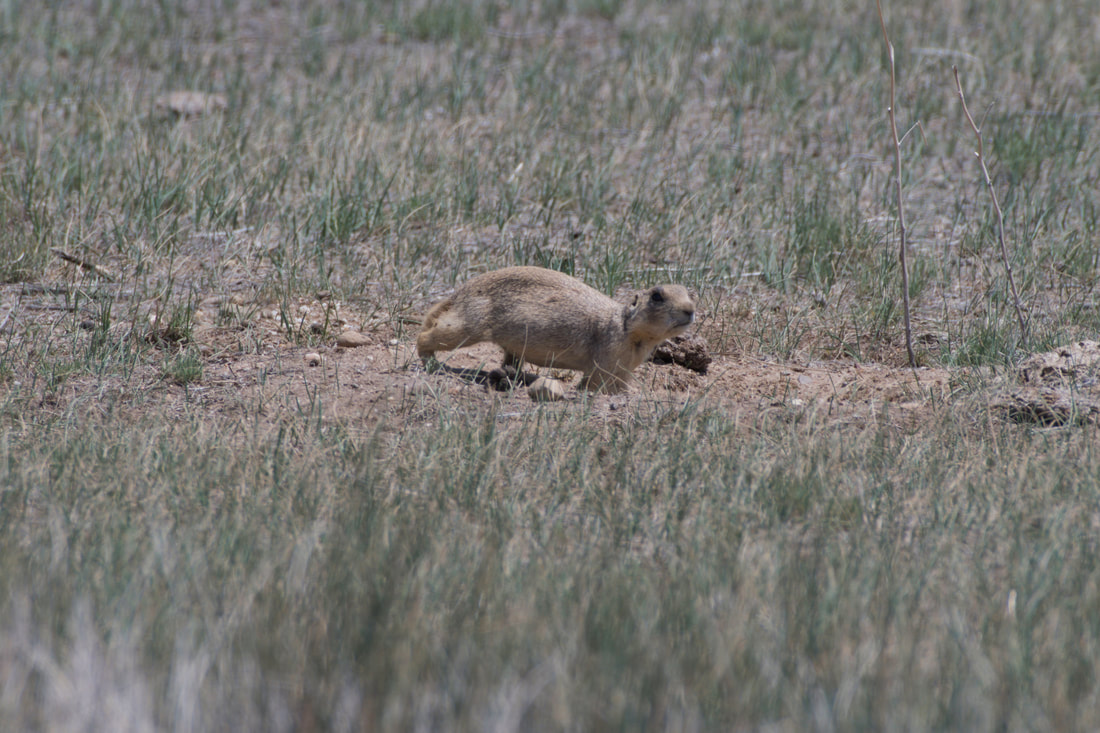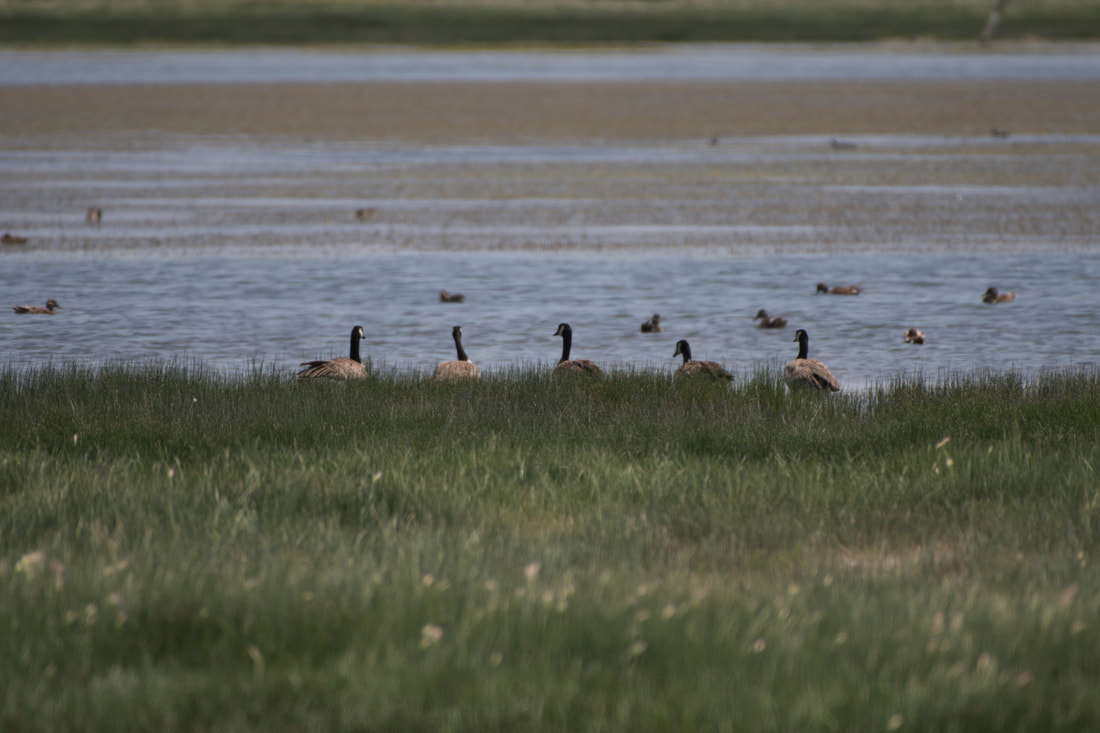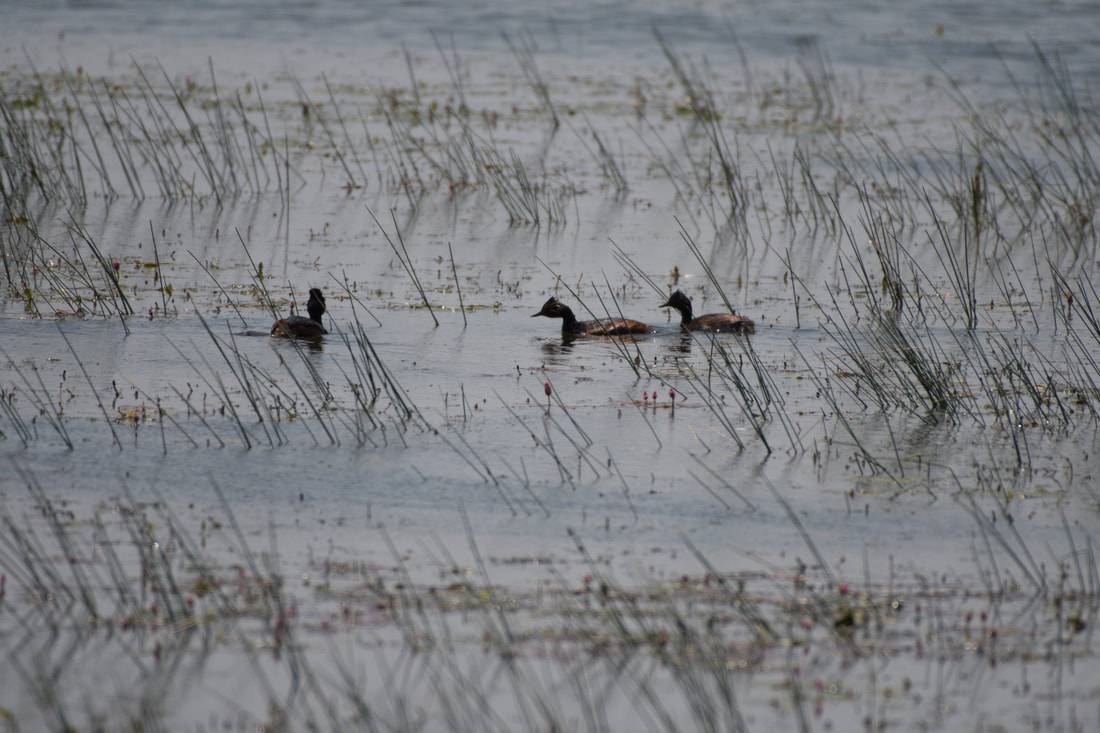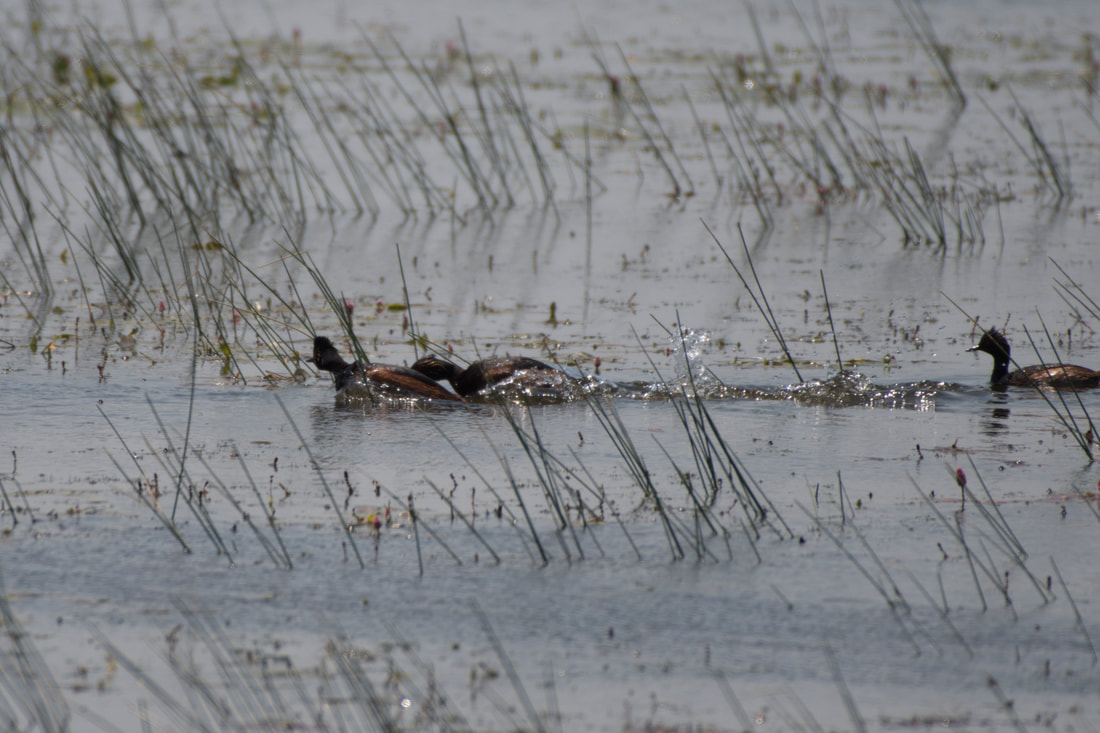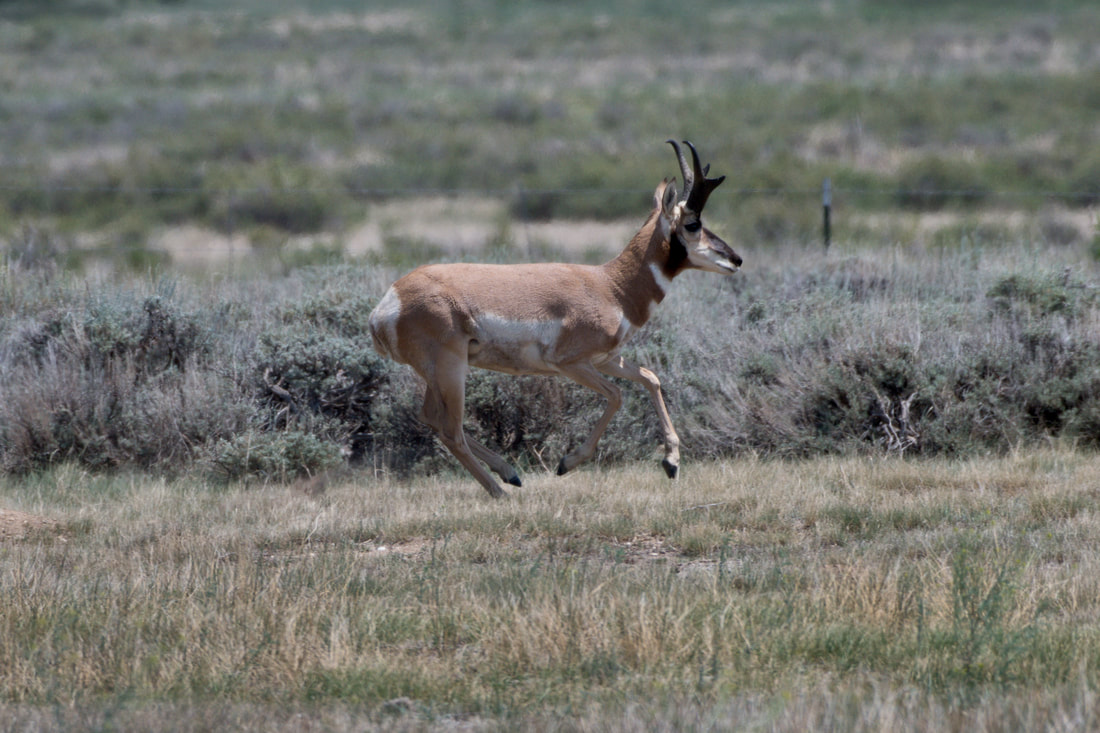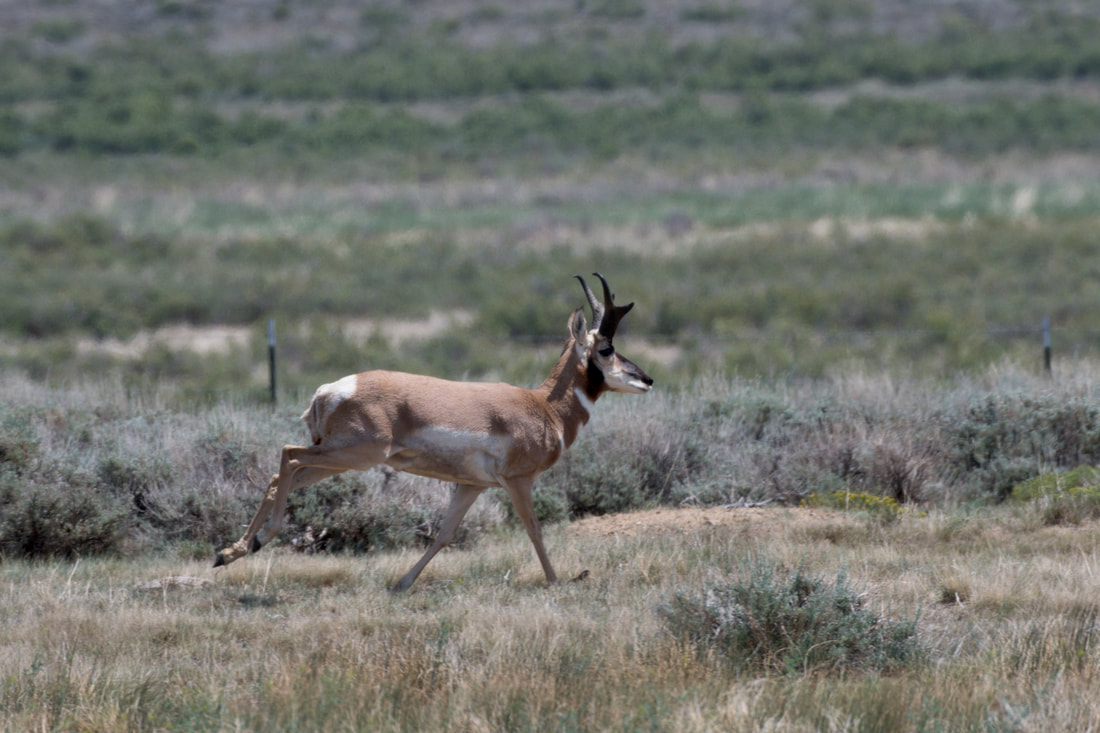|
Flickr album link: July Noon Birding Three Arapaho National Wildlife Refuge articles were previously published and two of those featured the conditions when birding at dawn. When the sun is high in the sky around noon in the middle of summer the conditions definitely change, but the birding action will still keep visitors busy. The bright light makes it easier to capture images with a smaller aperture, so everything in the frame is in focus. On the other hand, using wider apertures to create bokeh will be more of a challenge, because it is easier to overexpose white highlights. In fact, in the high elevations of the Rocky Mountains the air is so clear that the glare from bright mid day sunlight is blinding. This can cause disappointment when processing photos, especially of bald eagles, because the bright white color of the head feathers will become a fuzzy blur. Adjusting the exposure compensation will be necessary for capturing sharp white highlights when birding or taking pictures of clouds this time of day. Every digital camera has an exposure compensation feature. Usually just a few clicks of exposure compensation is enough to retain the highlight details on brightly lit subject matter. Basically, it is best to take a few test snapshots and review the results with the camera display when making adjustments. Once the exposure compensation eliminates the blown out white highlights, the camera is ready to capture perfect images until the environmental conditions change. If it suddenly gets cloudy or the sun starts setting in the west, setting the exposure compensation back to neutral will be necessary. Shooting in raw format and post processing images with computer software will help to reveal what is dark in the shadows, but many modern cameras now have HDR settings in body to perform this task in jpeg format. Either way, exposure compensation will save the day, especially when attempting to photograph bald eagles in bright noon sunlight. The reason this blurb about camera settings was mentioned first is because shortly after I arrived at Arapaho, one of the first birds I saw was a bald eagle perched on a fence post. I mistakingly shot a few dozen photos with no exposure compensation and every photo turned out to be a dud because the white feather highlights were over exposed. After taking a quick look, I adjusted the exposure compensation. During high noon, the waterfowl are much more active and exposure compensation helps to reduce the blinding glare reflecting off the water. As can be seen in the photos, the white fur on pronghorn antelope even looks sharper when the exposure is corrected for blinding glare. This little tip will certainly come in handy when going birding at noon in the Arapaho National Wildlife Refuge!
0 Comments
Your comment will be posted after it is approved.
Leave a Reply. |
Leave no trace!
New!
Destination West YouTube channel! https://www.youtube.com/@DestinationWestOrg *The Destination West website upgrading project is well underway. Unique YouTube slideshows are replacing the outdated Flickr photo galleries. The new videos feature modern graphics and alternative music instrumentals that enhance the viewing experience. Some articles are being condensed, while others are getting much needed edits. As everybody knows, the bulk of the original articles and photos were published on the fly during the Covid camping venture and there were limitations. Upgrading is the way to go and more articles will receive a makeover each week until this project is completed. After that, I will be able to gather new material. There is light at the end of the tunnel!
JD Lane Archives
July 2024
Donations help the Destinaton West project continue into the future!
Go Fund Me! This website uses marketing and tracking technologies. Opting out of this will opt you out of all cookies, except for those needed to run the website. Note that some products may not work as well without tracking cookies. Opt Out of Cookies |
